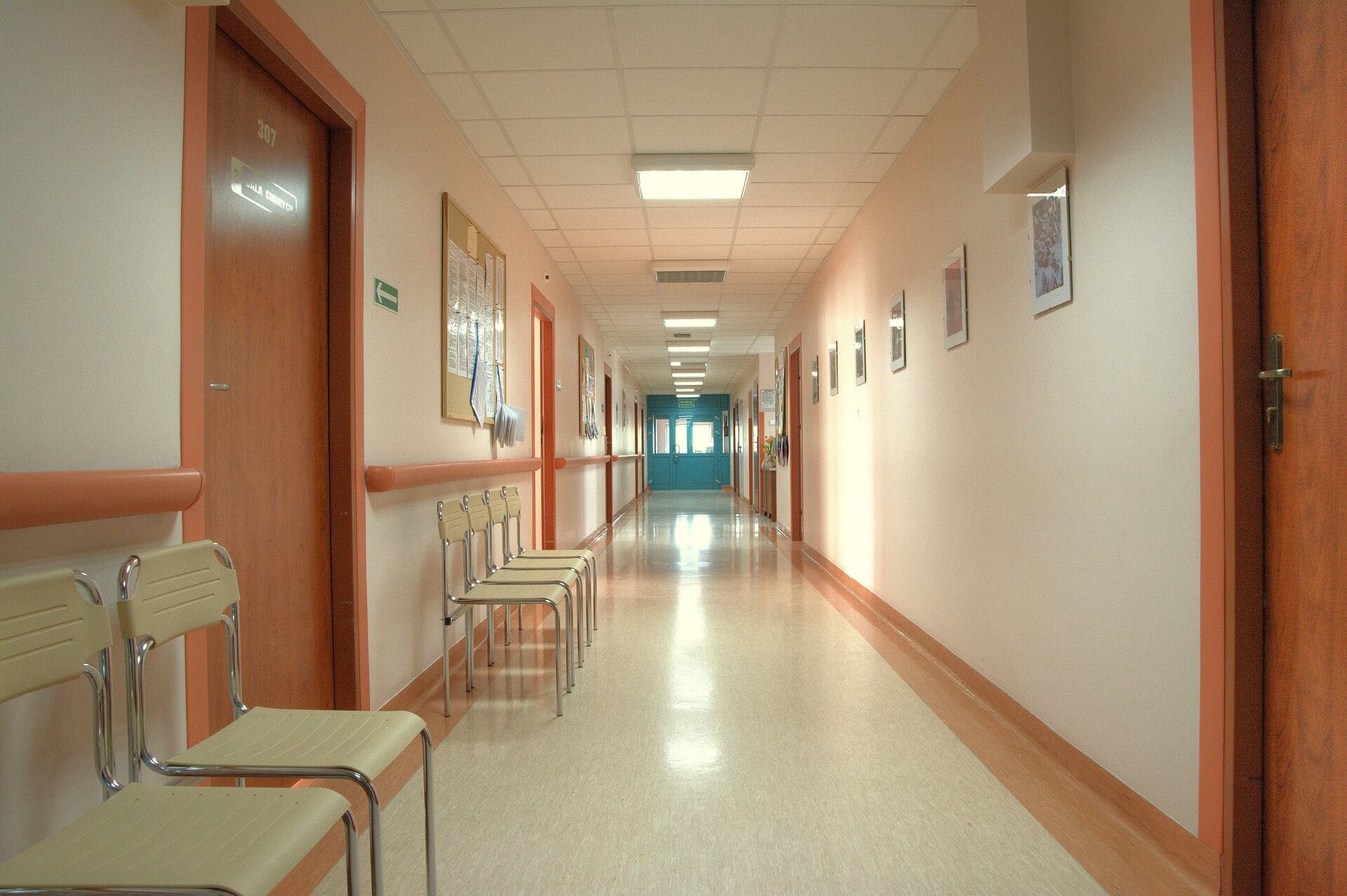Increasing research is examining the impact of lighting on our healing process. Whether it’s how specific light tools can be incorporated into a patient’s care regimen or how the main lighting impacts our stress levels, being able to control lighting is becoming more critical. Here are three ways switching to customizable LED lighting can make your hospital healthier.
Make the night shift easier on employees.
Research has long established that night shifts are detrimental to people’s bodies and brains. They increase stress, make heart conditions more likely, and can even increase the risk of cancer. That’s because the body’s natural circadian rhythm is disrupted. Repair it to the best of your hospital’s ability by setting your LEDs to a cool white light setting that most closely mimics daylight. Not only can this reduce long-term depression and physical disorders, but it can also help your employees focus, adapt, and think on their feet.
Add color changeability to your lights.
Blue light is calming. Even aside from its use in more targeted healing, which is still being explored, different colors of light do impact people’s moods. If you need to promote a calming environment in even high-stress areas, tinting the light with a hint of blue can help take the edge off a situation. So, add the feature in the lobbies and the emergency waiting room.
Maintain a high color-rendering index (CRI).
Light doesn’t just provide visibility; it also affects how people perceive everything, from depth to actual color. Keep your hospital rooms free of lights that influence how colors are perceived, or ensure that the lighting tones can be adjusted between calming colors and daylight-level illumination. LEDs have a wide CRI range, so make sure your nurses and doctors can switch to a setting that mimics incandescent and natural light. This enhances their ability to accurately diagnose conditions based on color and hue when examining blood, injuries, and eyes.





